Previous Day - Next Day
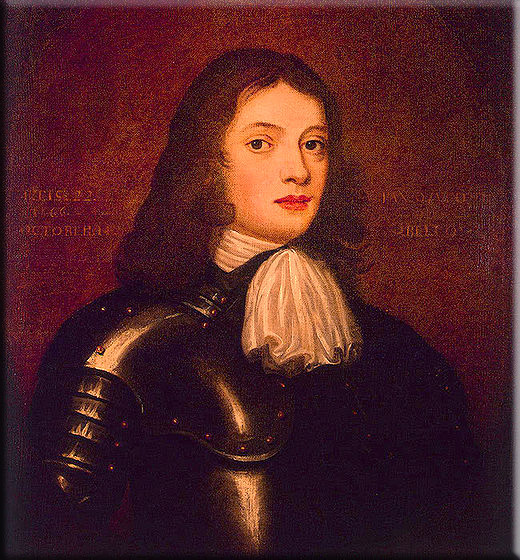
“There can be no Friendship where there is no Freedom. Friendship loves a free Air, and will not be penned up in streight and narrow Enclosures. It will speak freely, and act so too; and take nothing ill where no ill is meant; nay, where it is, ’twill easily forgive, and forget too, upon small Acknowledgments.”
~ William Penn
Wikiquote (William Penn (October 14, 1644 – July 30, 1718) a Quaker who founded the Province of Pennsylvania, the British North American colony that became the U.S. state of Pennsylvania. The democratic principles that he set forth served as an inspiration for the United States Constitution.)
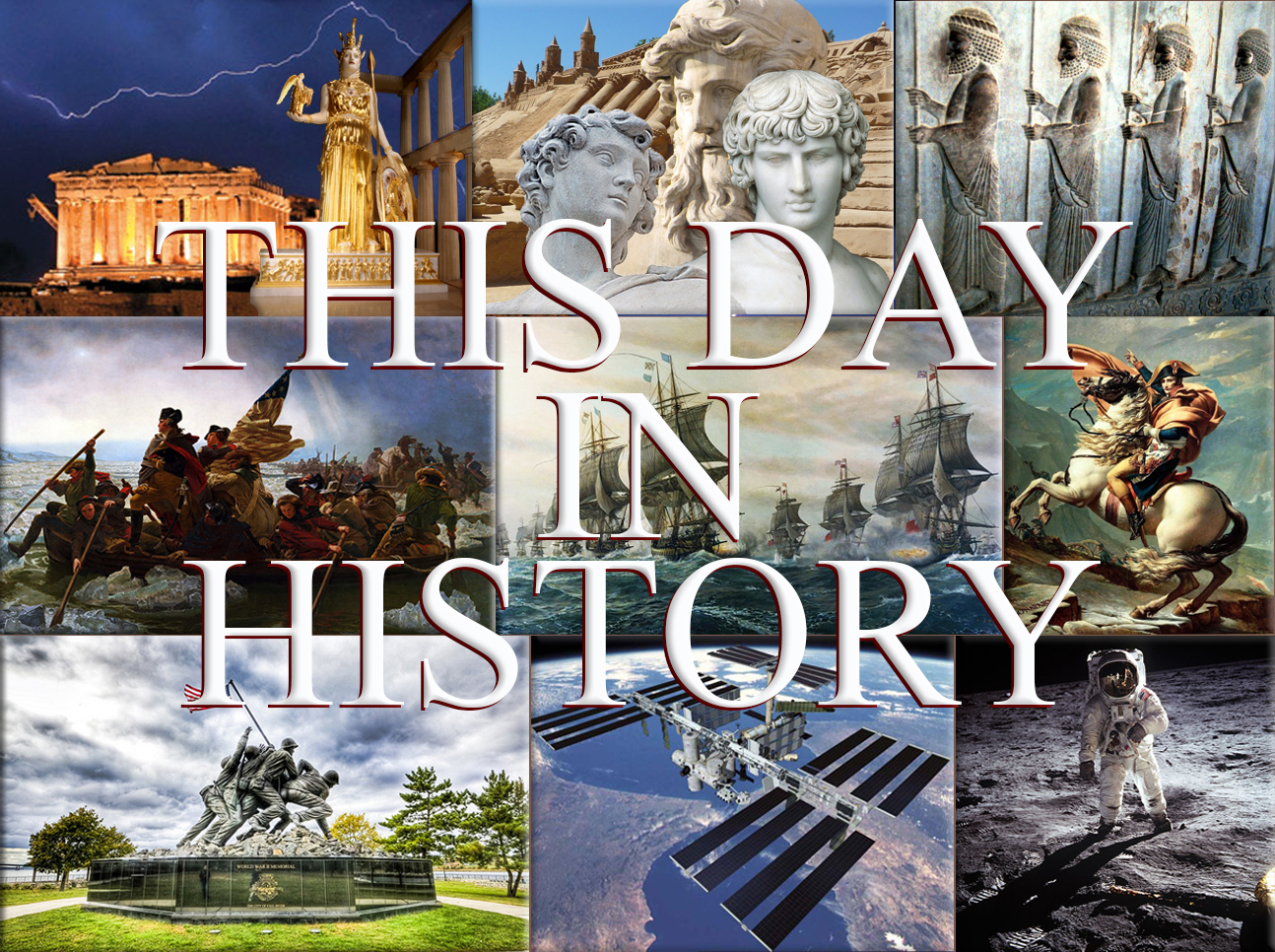
February 20th, 1339
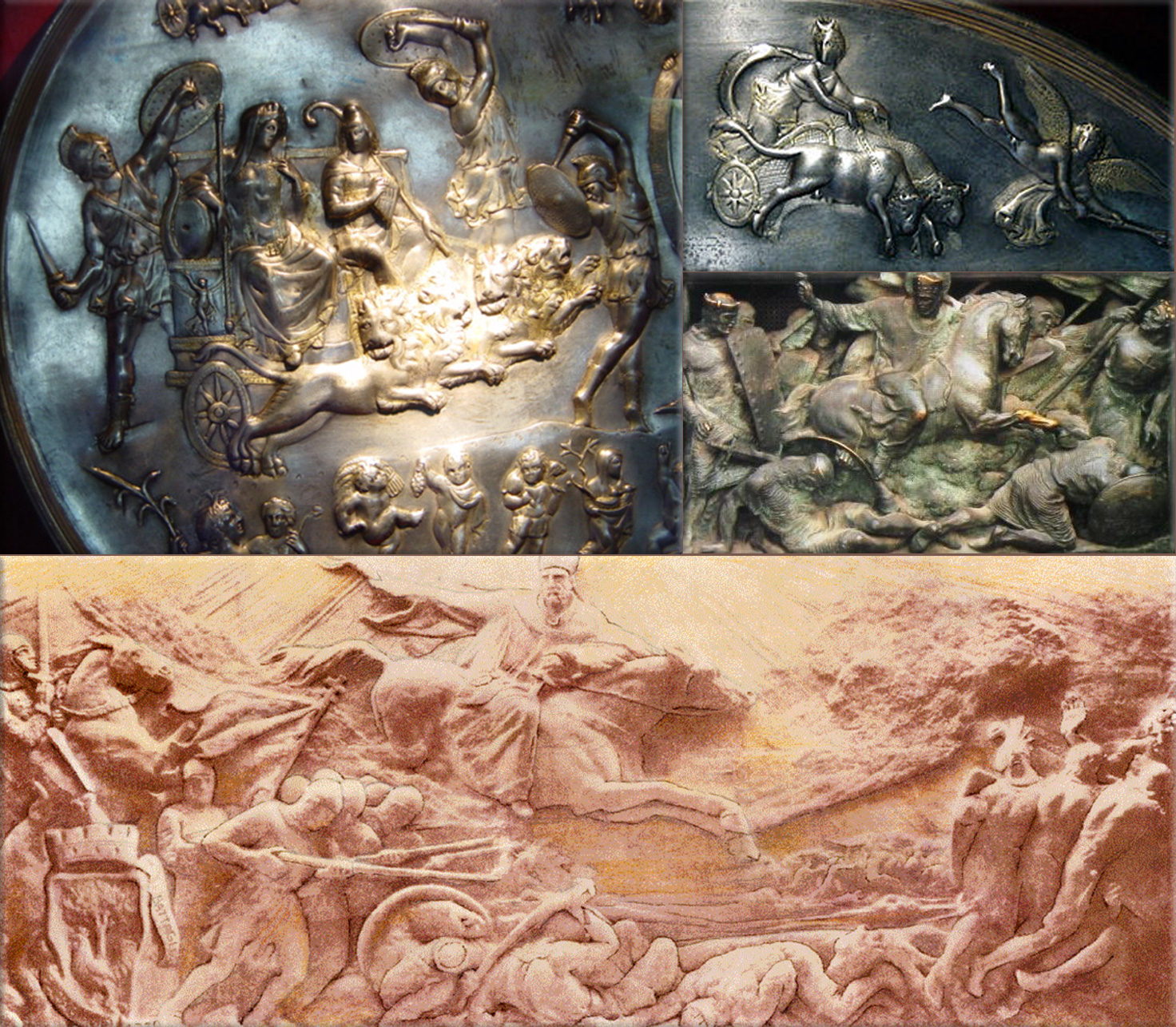
Battle of Parabiago: The Milanese army and the St. George's (San Giorgio) Mercenaries of Lodrisio Visconti clashed.
Wikipedia Image: Battle of Parabiago; The battle of Parabiago was fought in the countries of the city, between the troops of Milan of Azzone Visconti, led by aunt Luchino, against the Company of San Giorgio, of the other aunt Lodrisio, claimant Sir of Milan. All began with the death of the Sir of Milan Galeazzo I Visconti, that left as only heir his son Azzone. ● Saint Ambrose at the Battle ● The Parabiago Patera.
February 20th, 1472
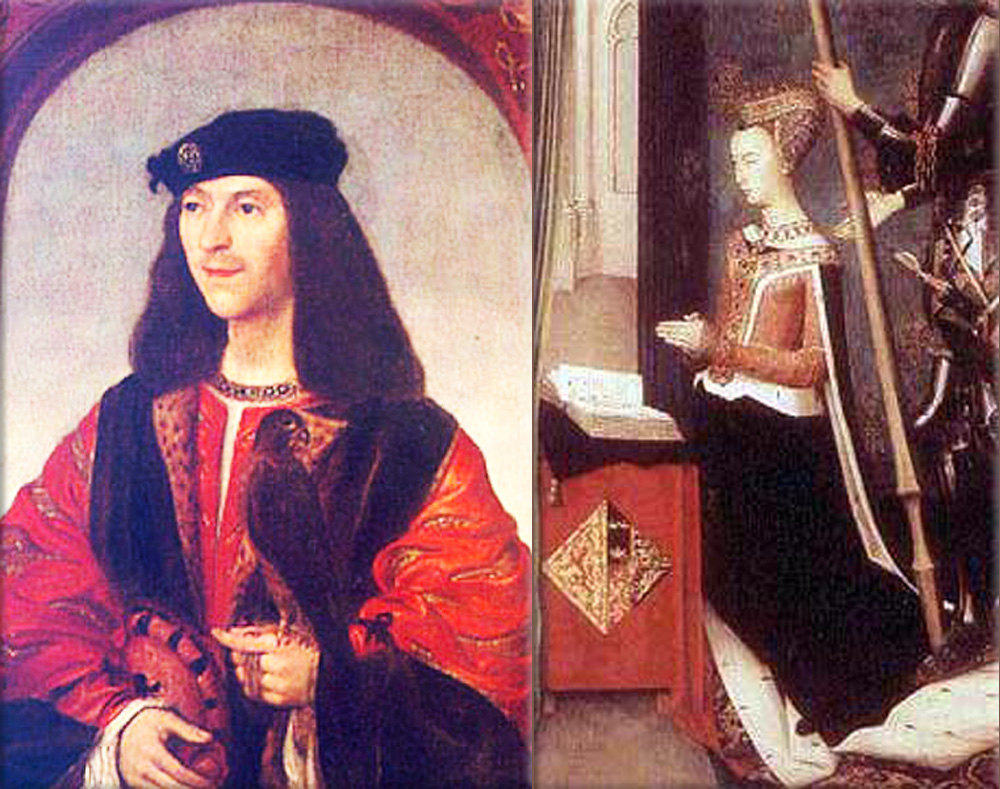
Orkney and Shetland are pawned by Norway to Scotland in lieu of a dowry for Margaret of Denmark.
Wikipedia Painting: Margaret of Denmark, Queen of Scotland (23 June 1456 – before 14 July 1486) was the Queen Consort of Scotland from 1469 to 1486 as the wife of King James III of Scotland.
February 20th, 1547
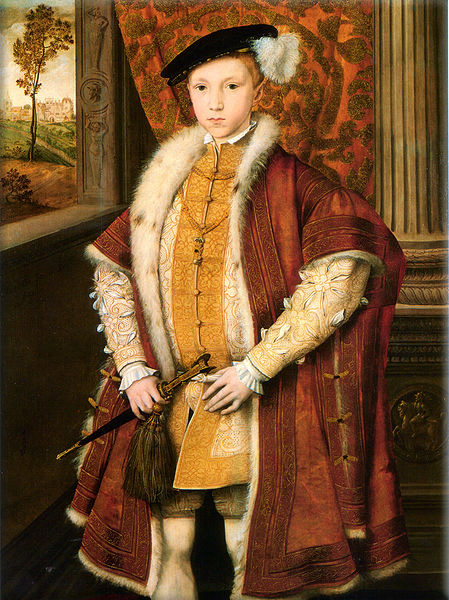
Edward VI of England is crowned King of England at Westminster Abbey.
Wikipedia Painting: Edward VI (October 12, 1537 – July 6, 1553) was King of England and Ireland from January 28, 1547 until his death. (The son of Henry VIII and Jane Seymour, Edward was the third monarch of the Tudor dynasty and England's first monarch who was raised as a Protestant. During Edward's reign, the realm was governed by a Regency Council, because he never reached maturity)
February 20th, 1685
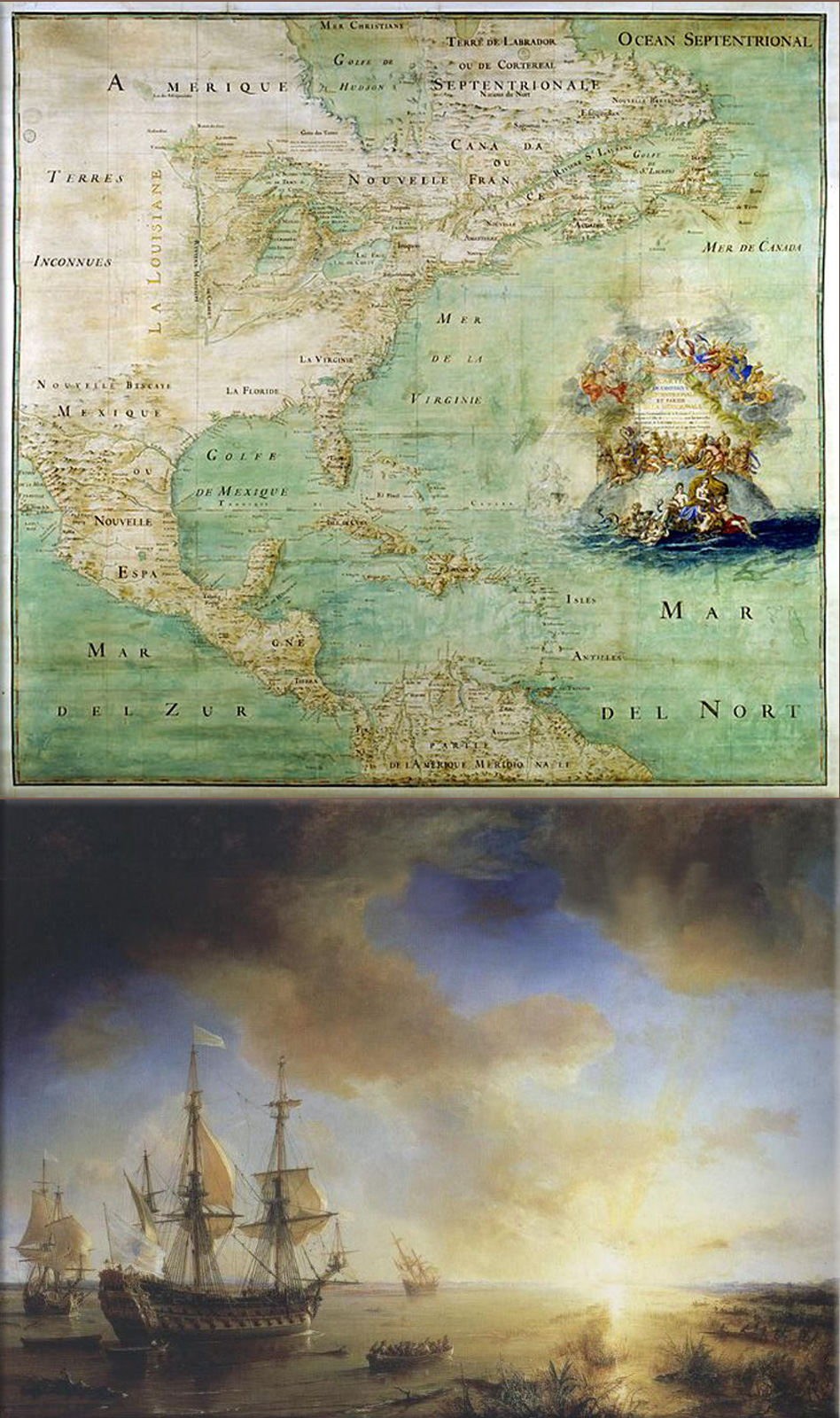
René-Robert Cavelier, Sieur de La Salle establishes Fort Saint Louis at Matagorda Bay thus forming the basis for France's claim to Texas.
Wikipedia Painting: La Salle's Expedition to Louisiana in 1684, painted in 1844 by Theodore Gudin. La Belle is on the left, Le Joly is in the middle, and L'Aimable is grounded on the right. (1681 map shows cartographer Claude Bernou's perception of North America before La Salle traversed the Mississippi River - The Rio Grande is listed as Rio Bravo, and the map shows a lack of knowledge of the geography of Texas)
February 20th, 1792
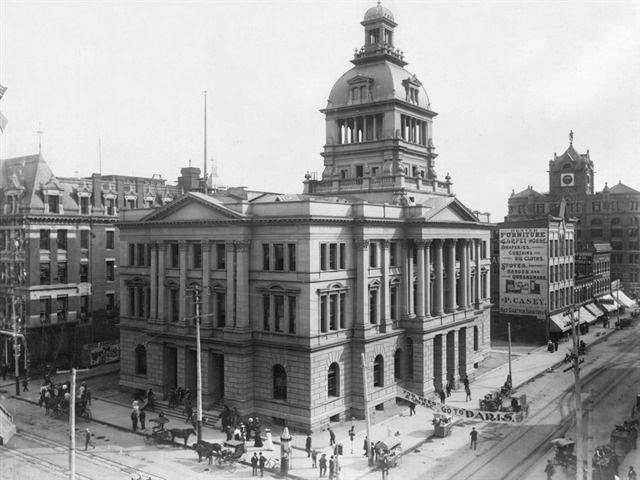
Postal Service Act: establishing the United States Post Office Department, is signed by United States President George Washington.
Wikipedia Photo: Historic Denver: U.S. Post Office on 16th and Arapahoe
February 20th, 1810

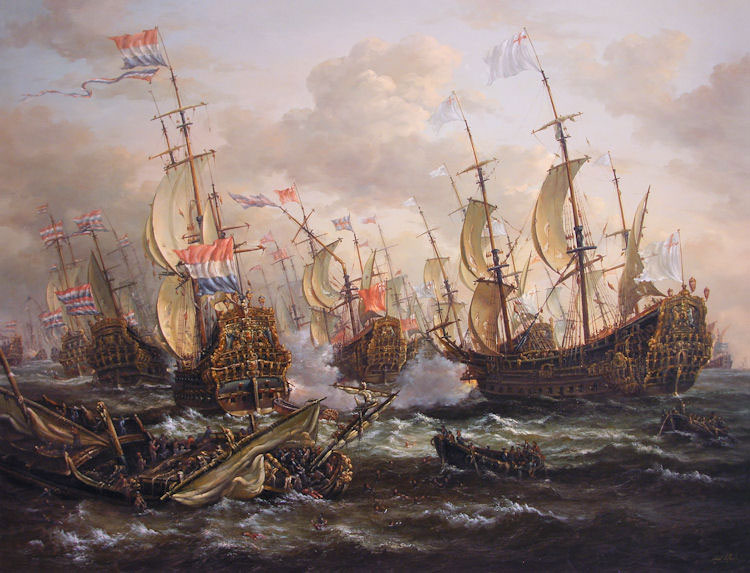
French Revolutionary Wars / Napoleonic Wars:
1810 - Andreas Hofer; German Tirolean patriot and leader of rebellion against Napoleon's forces, is executed.
1814 - Battle of Montereau; (was fought near Montereau-Fault-Yonne on February 18, 1814 and resulted in the victory of the French under Napoleon Bonaparte against the Austrians and the Württembergers under the King of Württemberg.)
Wikipedia Painting: Battle of Trafalgar: The British HMS Sandwich fires to the French flagship Bucentaure (completely dismasted) in the battle of Trafalgar;
Napoleon in Berlin (Meynier). After defeating Prussian forces at Jena, the French Army entered Berlin on 27 October 1806;
Battle of the Bridge of Arcole Napoleon Bonaparte leading his troops over the bridge of Arcole, by Horace Vernet;
Napoleon as King of Italy (Appiani);
Napoleon Crossing the Alps (David). In 1800 Bonaparte took the French Army across the Alps, eventually defeating the Austrians at Marengo;
Charge of the Russian Imperial Guard cavalry against French cuirassiers at the Battle of Friedland, 14 June 1807;
Battle of Borodino as depicted by Louis Lejeune. The battle was the largest and bloodiest single-day action of the Napoleonic Wars;
Napoleon's withdrawal from Russia, a painting by Adolph Northen;
Wellington at Waterloo by Robert Alexander Hillingford;
Napoleon is often represented in his green colonel uniform of the Chasseur à Cheval, with a large bicorne and a hand-in-waistcoat gesture.
Battle of the Nile (Battle of Aboukir Bay).
February 20th, 1813
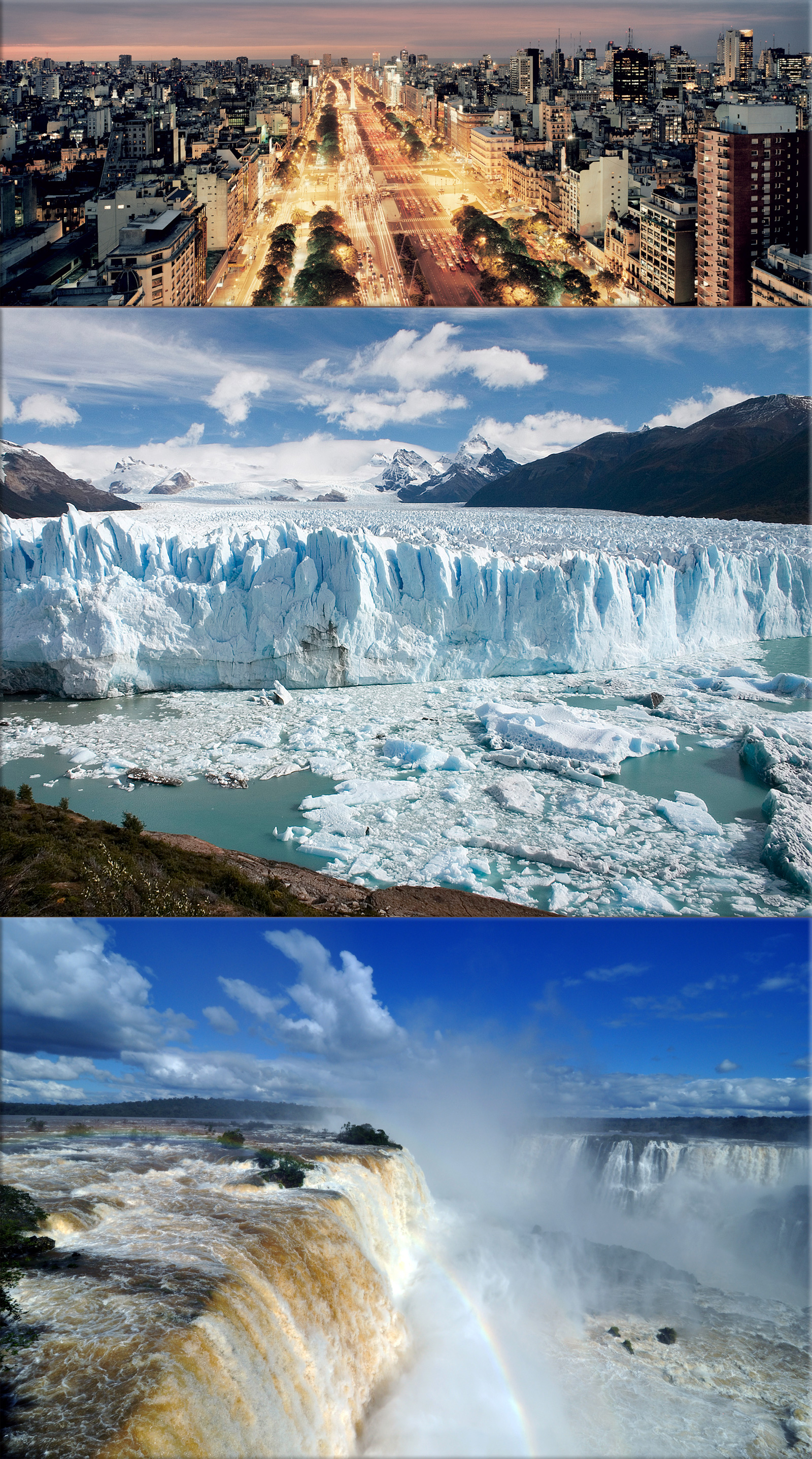
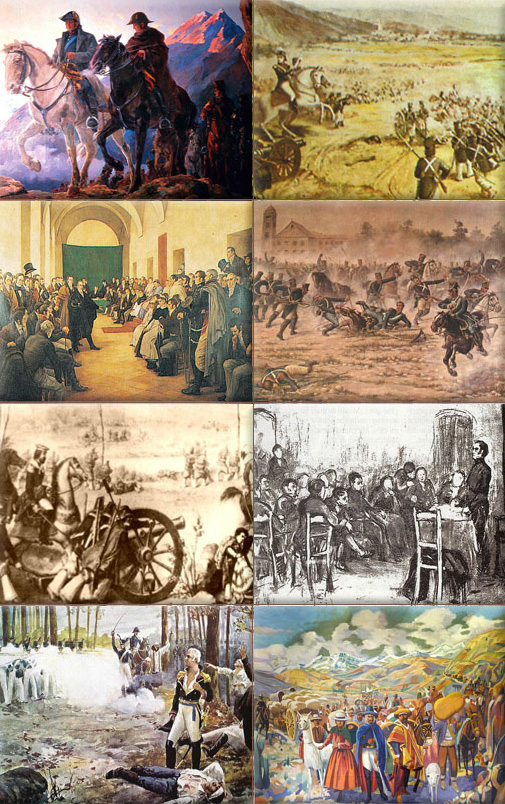
Argentine War of Independence:
1813 - Battle of Salta; Manuel Belgrano defeats the royalist army of Pío de Tristán.
Wikipedia Photo: Buenos Aires, capital and largest city of Argentina; ● Perito Moreno Glacier Patagonia Argentina ● Iguazu Falls (Iguazu River forms the boundary between Argentina and Brazil).
Crossing of the Andes ● Battle of Salta ● 22 May 1810 Open Cabildo ● Battle of San Lorenzo ● Battle of Suipacha ● 1813 Assembly ● Shooting of Liniers ● Jujuy Exodus.
February 20th, 1816
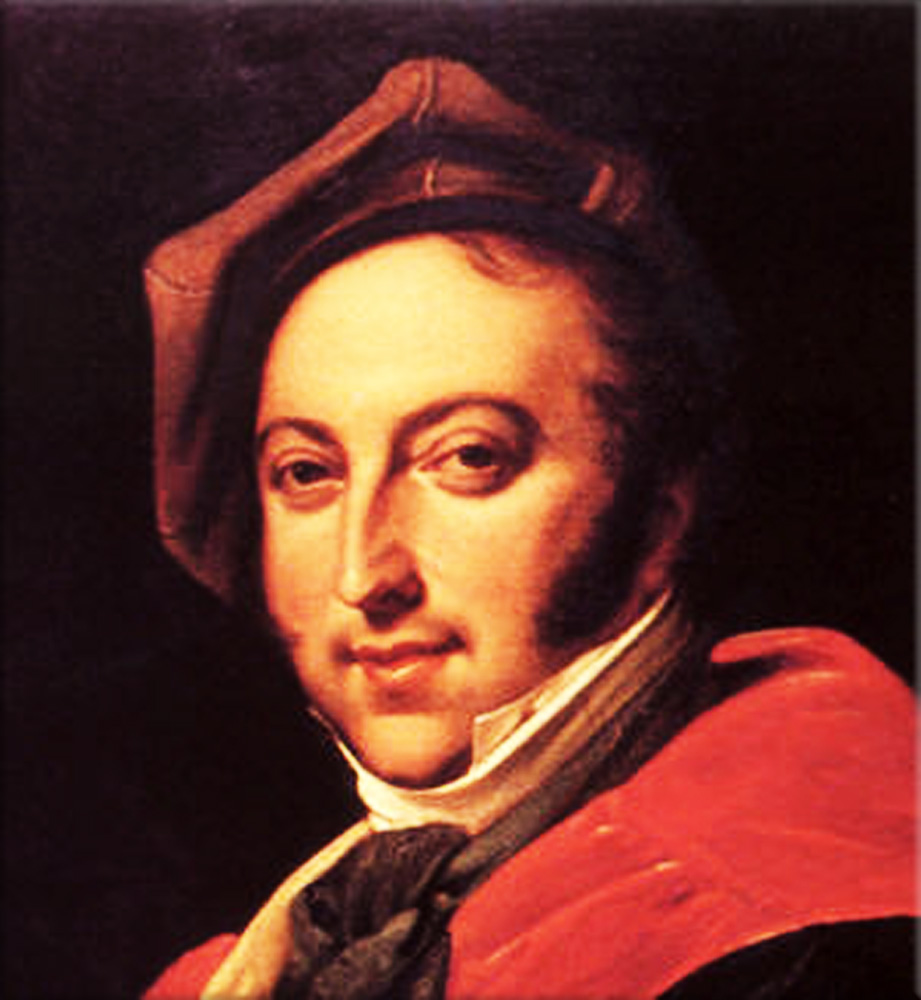
Rossini's opera The Barber of Seville premieres at the Teatro Argentina in Rome.
Wikipedia Image: Portrait of Gioachino Rossini in 1820, International_museum_and_library_of_music, Bologna
February 20th, 1835

Earthquake:
1835 - Concepción, Chile is destroyed by an earthquake.
Wikipedia Image: Preliminary Determination of Epicenters / Aleppo Syria; Anchorage, Alaska - March 28, 1964 Prince William Sound USA earthquake and tsunami; 8.9 Mega Earthquake Strikes Japan; Tsunami Swirls Japan's Ibaraki Prefecture March 12 2011. credit NOAA / NGDC, NOAA National Geophysical Data Center, USGS, National Geographics.
February 20th, 1864
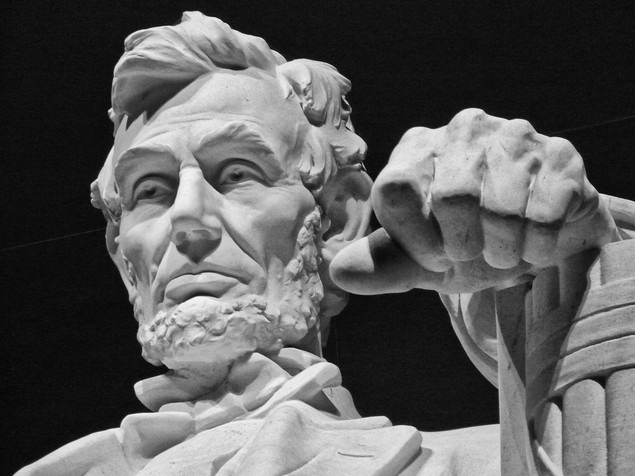
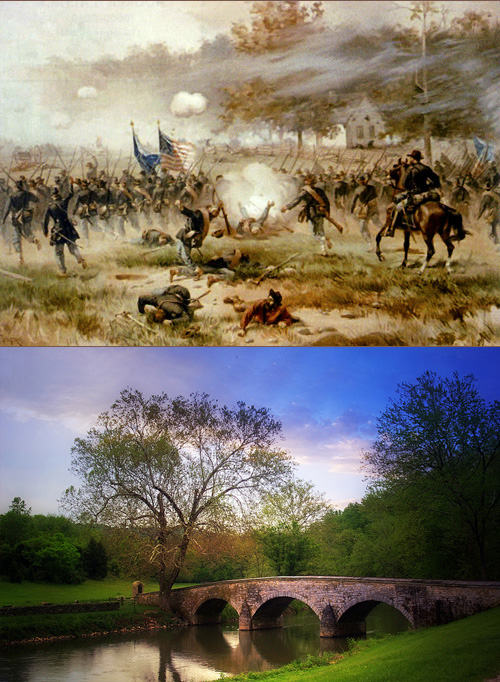
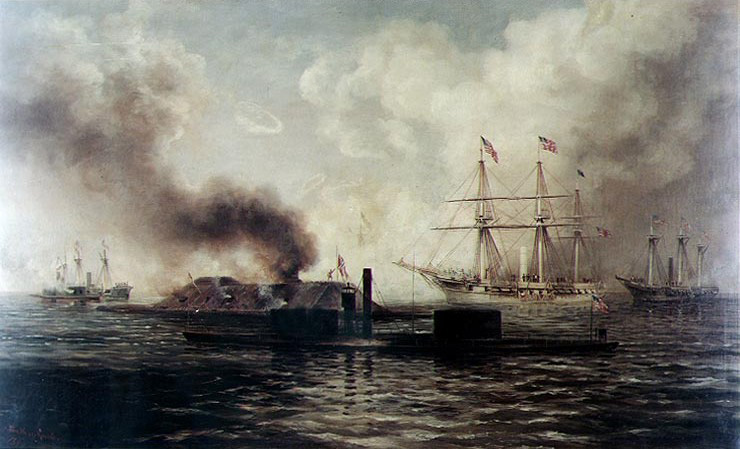
American Civil War:
1864 - Battle of Olustee; the largest battle fought in Florida during the war.
Wikipedia Image: ● Lincoln Memorial; an American national monument built to honor the 16th President of the United States, Abraham Lincoln - located on the National Mall in Washington, D.C. across from the Washington Monument.
● The northern army led by George McClellan and the southern army led by Robert E. Lee met at Antietam Creek, Maryland in September, 1862. It was a bloody battle where 13,000 Confederates and 12,000 Union troops died in just one day. McClellan had hesitated to attack before the battle thus letting the southern troops regroup. Also, he had saved reserves and refused to use them at the end of the battle thinking that Lee was holding reserves for a counterattack, even though those reserves didn't exist. The Union victory stopped Lee's northward advance and was a turning point in the war.
● Battle of Antietam / Stone Bridge at Antietam Battlefield - Sharpsburg, Maryland
● Battle of Mobile Bay (1890) by Xanthus Russell Smith.
● Although photography was still in its infancy, war correspondents produced thousands of images, bringing the harsh realities of the frontlines to those on the home front in a new and visceral way. The Atlantic.
February 20th, 1872
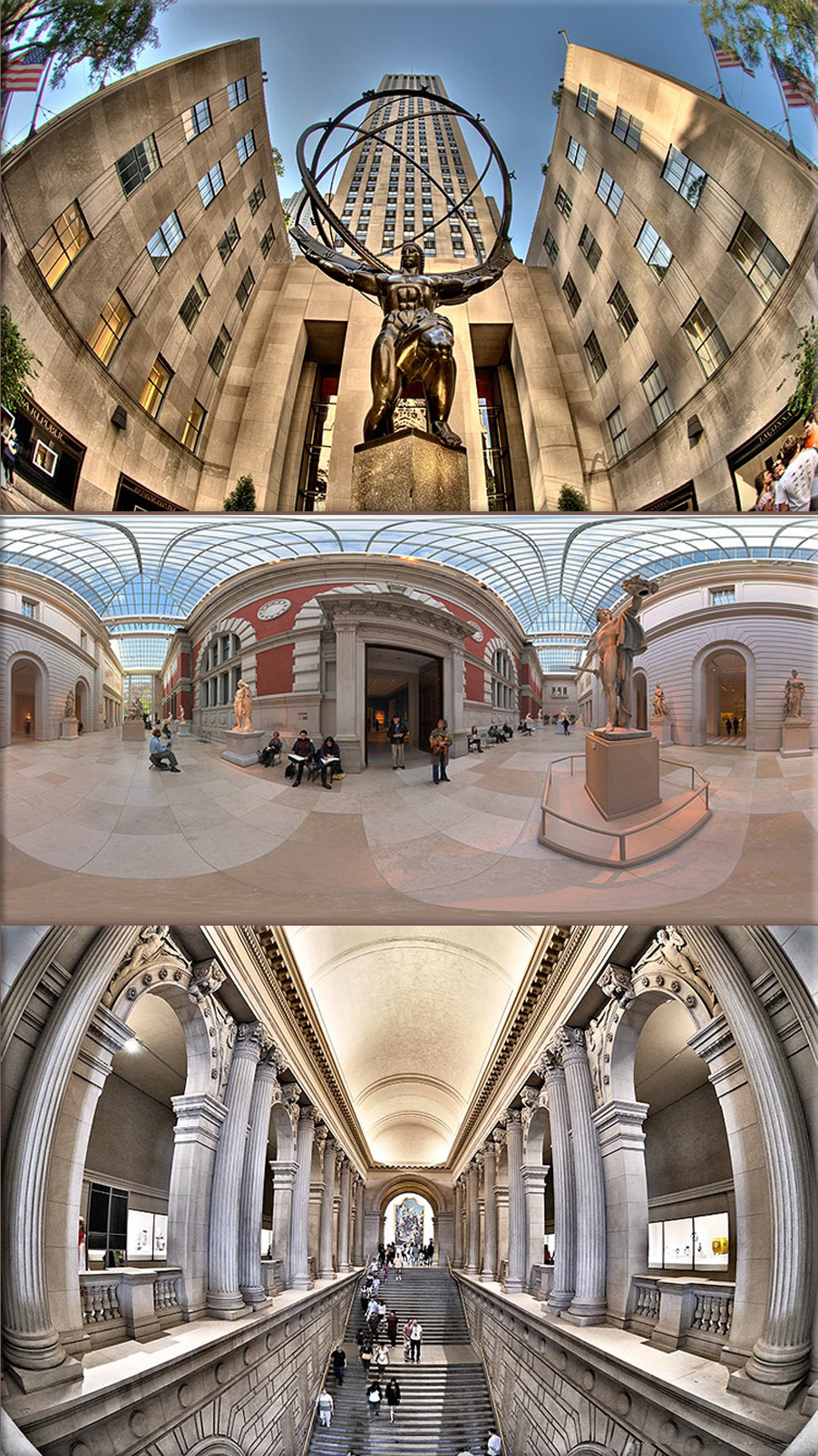
Metropolitan Museum of Art opens in New York City.
Wikipedia Photo: Metropolitan Museum of Art; Atlas, 5th Ave New York, Fisheye View,© Albert J Valentino ● Interior of the Metropolitan Museum of Art, credit Randy Kosek ● Stairs, Metropolitan Museum of Art, © Albert J Valentino.
February 20th, 1877

Tchaikovsky's ballet Swan Lake receives its première performance at the Bolshoi Theatre in Moscow.
Wikipedia Image: Swan Lake (Russian: Лебединое озеро, Lebedinoye ozero) ballet, Op. 20, by Pyotr Ilyich Tchaikovsky, was composed in 1875–1876. The scenario, initially in four acts, was fashioned from Russian folk tales and tells the story of Odette, a princess turned into a swan by an evil sorcerer's curse.
February 20th, 1901
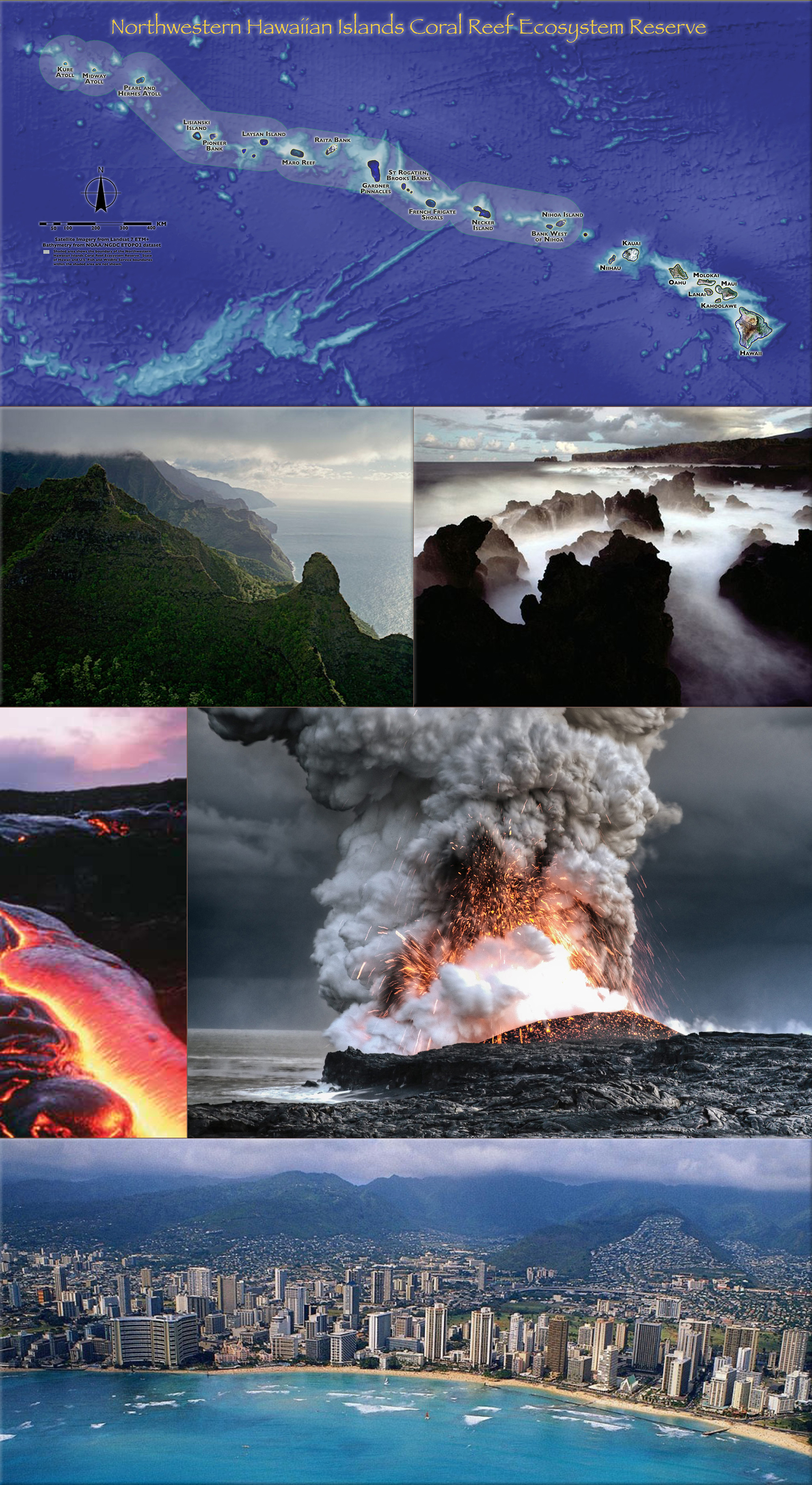
The legislature of Hawaii Territory convenes for the first time.
Wikipedia Hawaiian Islands, NOAA Satellite; Na Pali Coast, Kaua'i, by Diane Cook and Len Jenshel, National Geographic; Volcanic Coast, Haleakala National Park, by Paul Chesley, National Geographic; Living Earth - Pu'u 'O'o crater, by Frans Lanting; Volcano erupting on the Big Island in Hawaii in July by Alain Barbezat for National Geographic; The blue ocean line of Honolulu - an aerial view.
Hawaiian Islands (Hawaiian: Mokupuni o Hawai‘i) are an archipelago of eight major islands, several atolls, numerous smaller islets, and undersea seamounts in the North Pacific Ocean, extending some 1,500 miles (2,400 kilometres) from the island of Hawaiʻi in the south to northernmost Kure Atoll (the northwesternmost island in Hawaii is Green Island, which is joined to the Kure Atoll).
February 20th, 1909

Publication of the Futurist Manifesto in the French journal Le Figaro.
Wikipedia Filippo Tommaso Marinetti, author of the Futurist Manifesto.
February 20th, 1933

The Congress of the United States proposes the Twenty-first Amendment to the United States Constitution that will end Prohibition in the United States.
Wikipedia Photo: Volstead Act paves the way for Prohibition the following January, and ends on December 5th 1933 with the retification of the Twenty-first Amendment to the United States Constitution.
February 20th, 1933
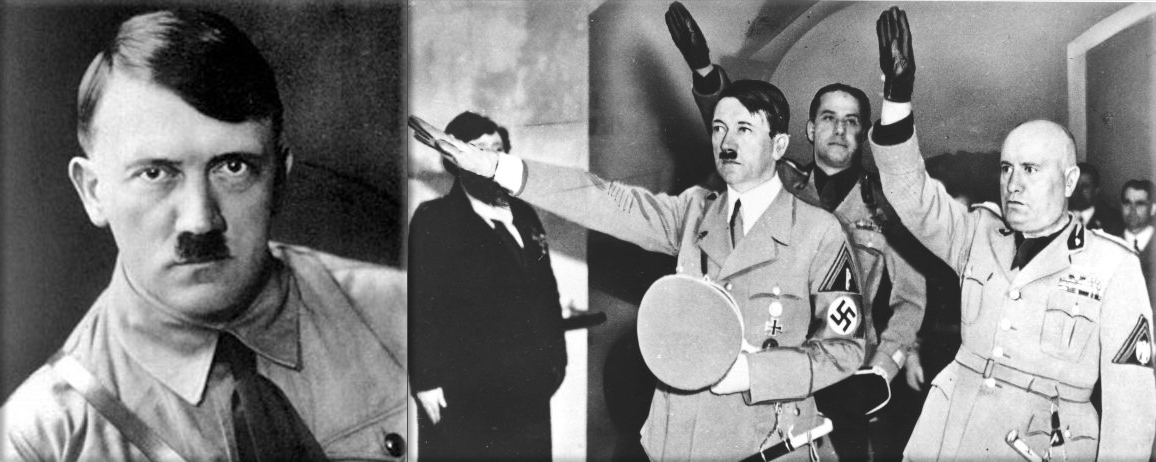
Adolf Hitler secretly meets with German industrialists to arrange for financing of the Nazi Party's upcoming election campaign.
Wikipedia Photo: Adolf Hitler and Benito Mussolini salute during their meeting in Italy in June 1938.
February 20th, 1935
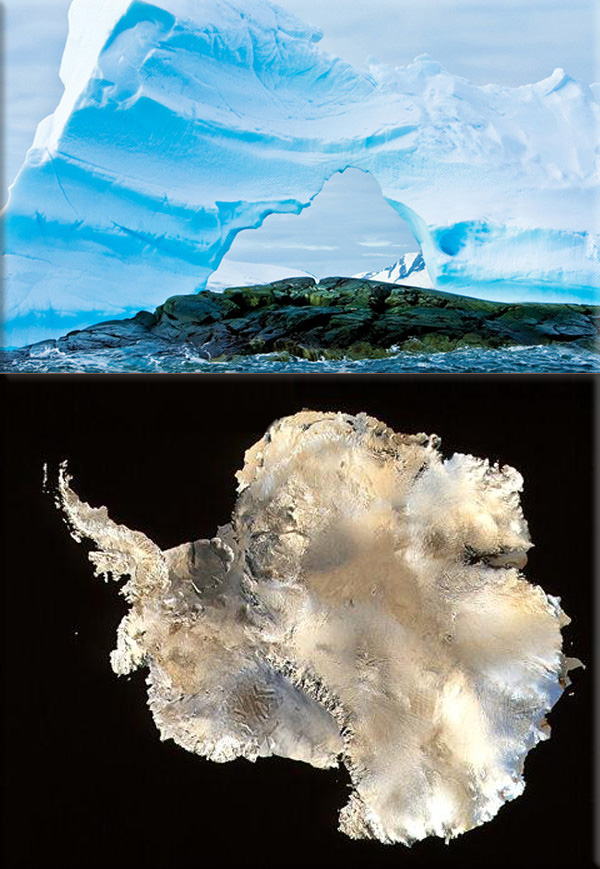
Antarctica:
1935 - Caroline Mikkelsen becomes the first woman to set foot in Antarctica.
Wikipedia Photo: Antarctica (8/30/2012), credit National Geographic; Infrared satellite image of Antarctica, credit © Visual Photos.
February 20th, 1942
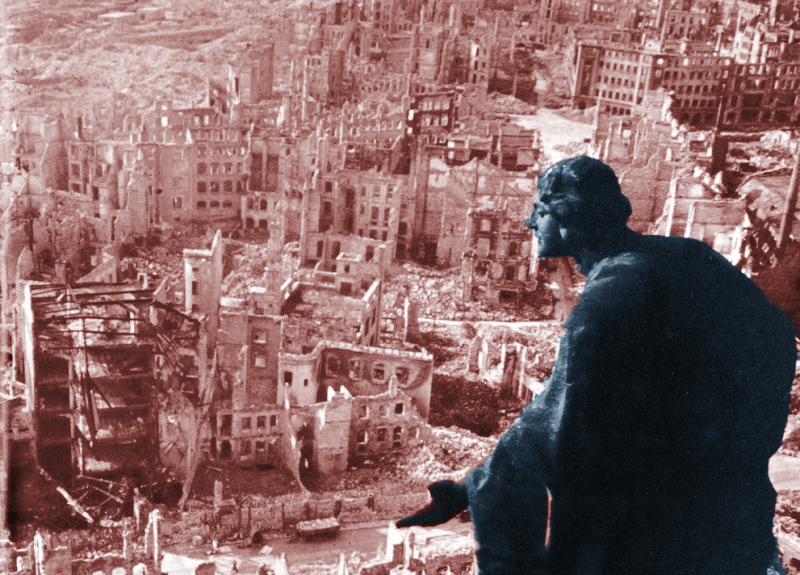

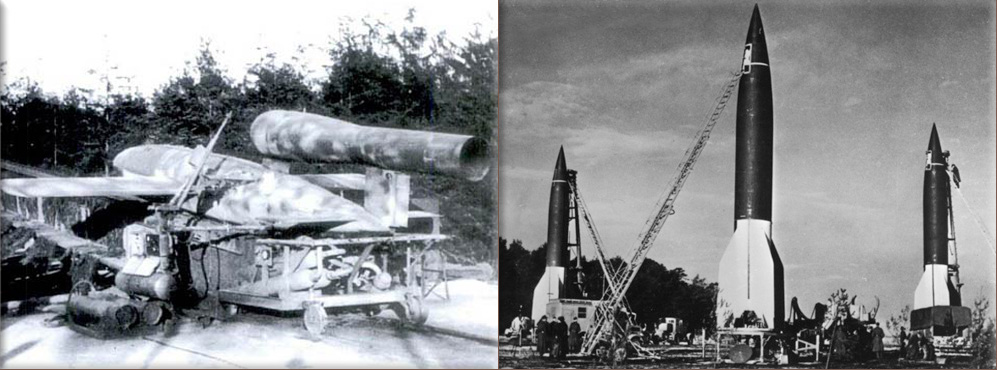
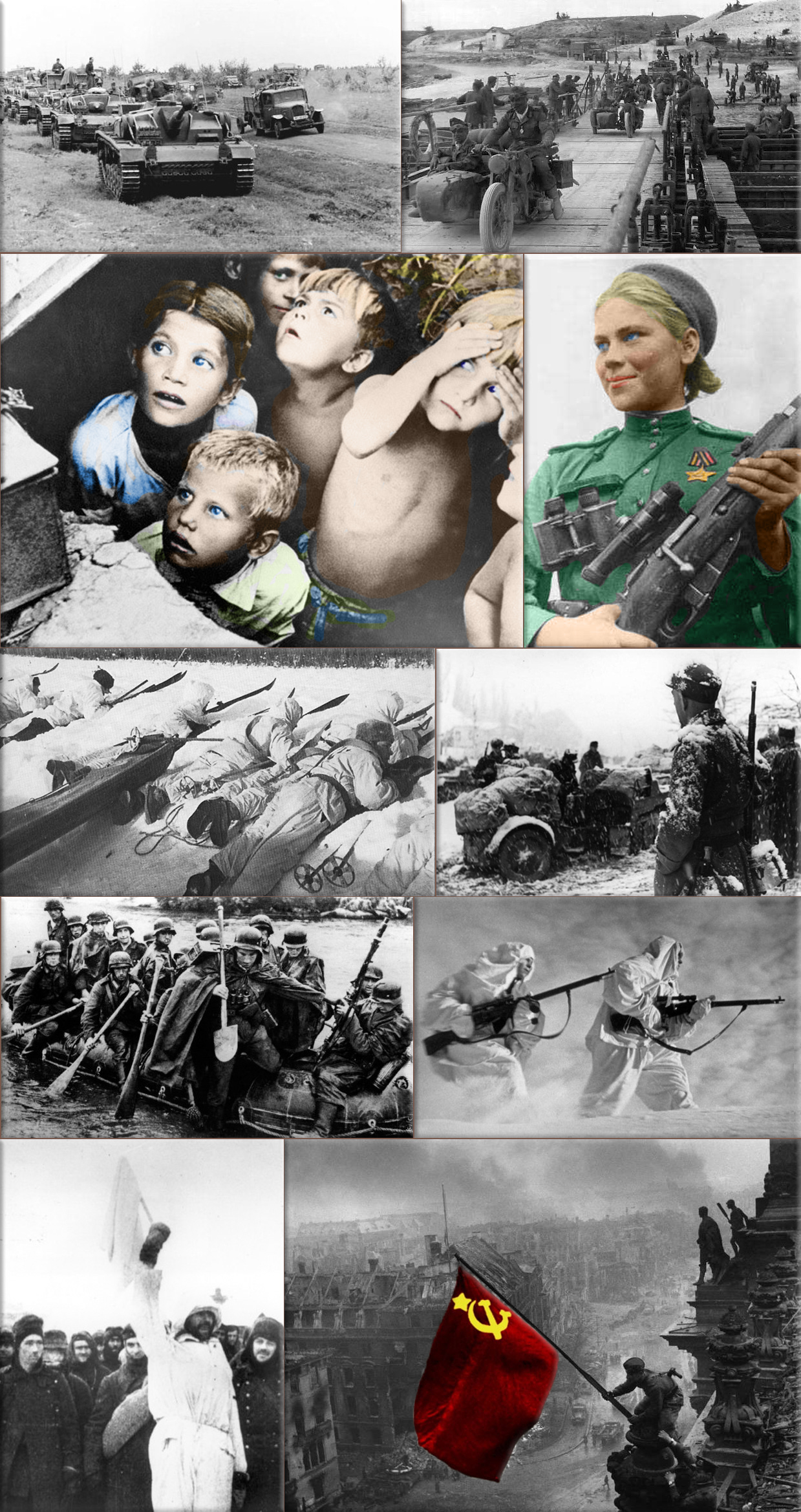

World War II:
1942 - Lieutenant Edward O'Hare becomes America's first World War II flying ace.
1943 - American movie studio executives agree to allow the Office of War Information to censor movies.
1943 - The Saturday Evening Post publishes the first of Norman Rockwell's Four Freedoms in support of United States President Franklin D. Roosevelt's 1941 State of the Union address theme of Four Freedoms.
1944 - The "Big Week" began with American bomber raids on German aircraft manufacturing centers.
1944 - The United States takes Eniwetok Atoll.
Wikipedia Photo: Bombing of Dresden in World War II; August Schreitmüller's sculpture 'Goodness' surveys Dresden after a firestorm started by Allied bombers in 1945.
USS Bunker Hill was hit by kamikazes piloted by Ensign Kiyoshi Ogawa and another airman on 11 May 1945. 389 personnel were killed or missing from a crew of 2,600; Ensign Kiyoshi Ogawa, who flew his aircraft into the USS Bunker Hill during a Kamikaze mission on 11 May 1945; Kamikaze Missions - Lt Yoshinori Yamaguchi's Yokosuka D4Y3 (Type 33 Suisei) "Judy" in a suicide dive against USS Essex. The dive brakes are extended and the non-self-sealing port wing tank is trailing fuel vapor and/or smoke 25 November 1944.
German V1 flying-bomb and V2 Rockets - Preparations for a Salvo Launch of V-2 Rockets in the Heidelager near Blizna (Poland) (1944), credit German History in Documents and Images GHDI.
Eastern Front (World War II); Germans race towards Stalingrad. August 1942; Soviet children during a German air raid in the first days of the war, June 1941, by RIA Novosti archive; Soviet sniper Roza Shanina in 1944. About 400,000 Soviet women served in front-line duty units Caucasus Mountains, winter 1942/43; Finnish ski patrol: the invisible enemy of the Soviet Army with an unlimited supply of skis; Men of the German Engineers Corps cross a river which is swollen after the first autumn rains, to strengthen bridges linking the German positions on the central front in Russia. by Keystone / Getty Images. October 1942; Russian snipers fighting on the Leningrad front during a blizzard. Photo by Hulton Archive / Getty Images, 1943; German soldiers surrendering to the Russians in Stalingrad, the soldier holding the white flag of surrender is dressed in white so that there could be no doubt of his intentions, a Russian soldier is on the right of the photograph. by Keystone / Getty Images, January 1943;
Norman Rockwell's Four Freedoms; Freedom of Speech, Freedom of Worship, Freedom from Want and Freedom from Fear.
February 20th, 1962

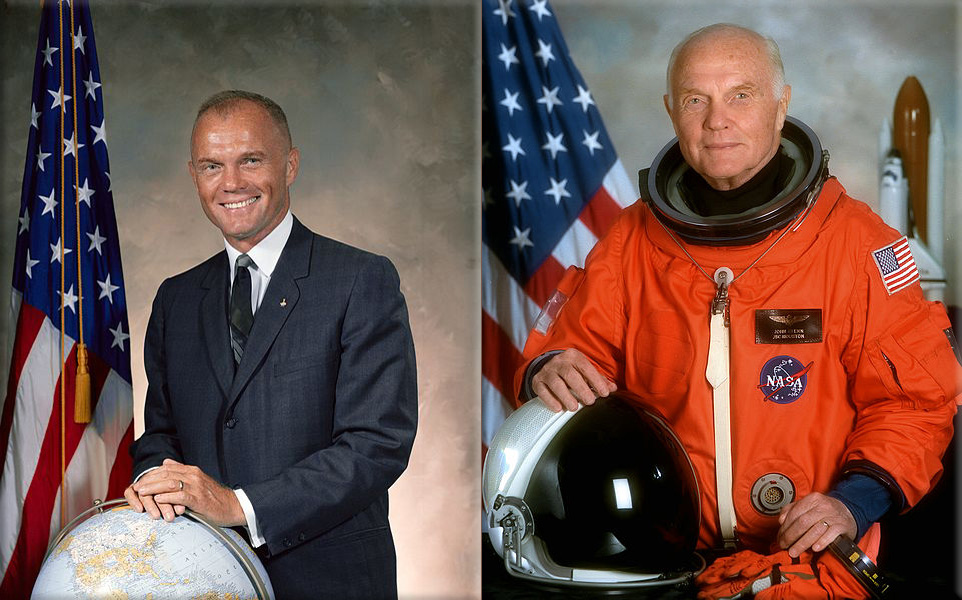
Project Mercury: Friendship 7 John Glenn becomes the first American to orbit the earth, making three orbits in 4 hours, 55 minutes.
Wikipedia Photo: Little Joe 1B launches from Wallops Flight Facility on January 21, 1960; Miss Sam the Rhesus monkey.
John Glenn: NASA Astronaut in 1964; NASA Astronaut in in 1998.
February 20th, 1965
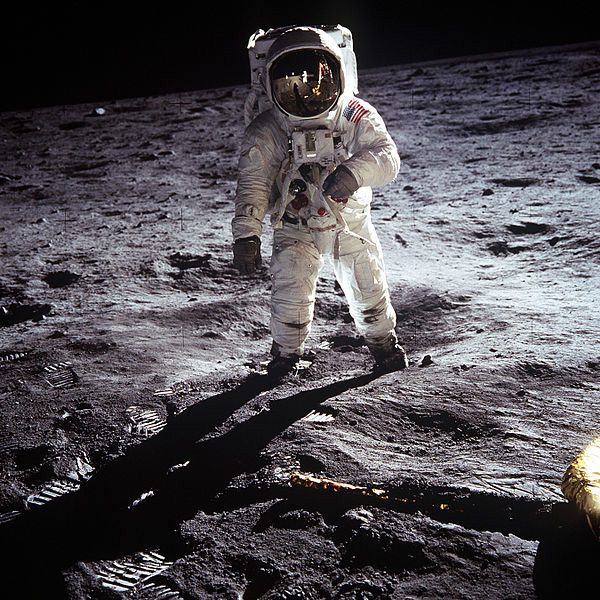

Apollo Program: Project Ranger; Ranger 8 crashes into the moon after a successful mission of photographing possible landing sites for the Mare Tranquillitatis region of the Moon in preparation for the manned Apollo missions. Mare Tranquillitatis or the "Sea of Tranquility" would become the site chosen for the Apollo 11 lunar landing.
Wikipedia Photo: Apollo Program: Apollo 11 first manned Moon landing and the first walk on the surface on the moon. Astronaut Buzz Aldrin walks on the surface of the moon near the leg of the lunar module Eagle. Apollo 11 Commander Neil Armstrong took this photograph with a 70mm lunar surface camera. Armstrong and Aldrin explored the Sea of Tranquility for two and a half hours while crewmate Michael Collins orbited above in the command module Columbia.
The Blue Marble is a famous photograph of the Earth, taken on December 7, 1972, by the crew of the Apollo 17 spacecraft, at a distance of about 45,000 kilometres (28,000 mi).
February 20th, 1989

1989 - An Provisional Irish Republican Army (IRA) bomb destroys a section of a British Army barracks in Ternhill, England.
Wikipedia Photo: Irish Republican Army; Belfast, Northern Ireland.
February 20th, 1991
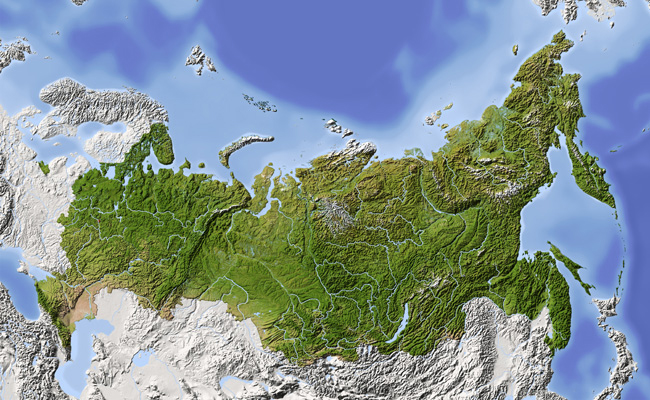
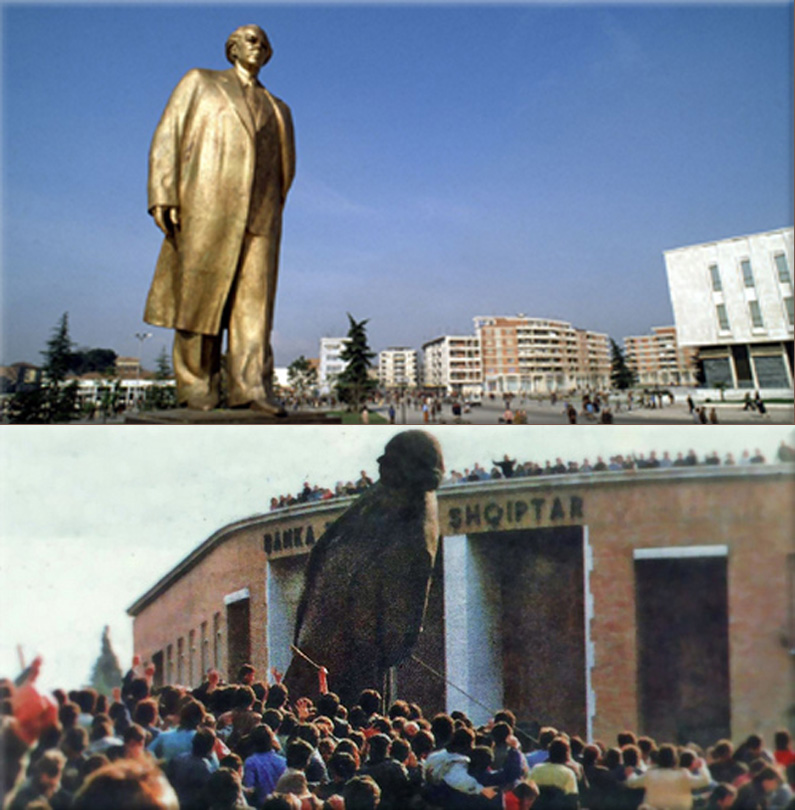
Dissolution of the Soviet Union:
1991 - A gigantic statue of Albania's long-time leader, Enver Hoxha, is brought down in the Albanian capital Tirana, by mobs of angry protesters.
Wikipedia Image: Russia Satellite Map.
A gigantic statue of Enver Hoxha, is brought down in the Albanian capital Tirana.
February 20th, 1998

American figure skater Tara Lipinski becomes the youngest gold-medalist at the Winter Olympics in Nagano, Japan.
Wikipedia Photo: Tara Lipinski takes Figure Skating Gold, Nagano 1998 #9679; Tara Lipinski inspired a rule about age requirements for figure skating competitions (she practices her camel spin before the U.S. Figure Skating Championships in Philadelphia). Tom Mihalek / AFP / Getty Images.
February 20th, 2005

European Union
2005 - Spain becomes the first country to vote in a referendum on ratification of the proposed Constitution of the European Union.
Wikipedia Image: European Union (EU) is a unique economic and political union of 27 member states which are located primarily in Europe (Western Europe Satellite Map).
February 20th, 2013

Kepler-37b
2013 - The smallest Extrasolar planet, Kepler-37b is discovered.
Wikipedia Image: A size comparison of the planets in the Kepler-37 system and objects in the Solar System (NASA)
February 20th, 2014
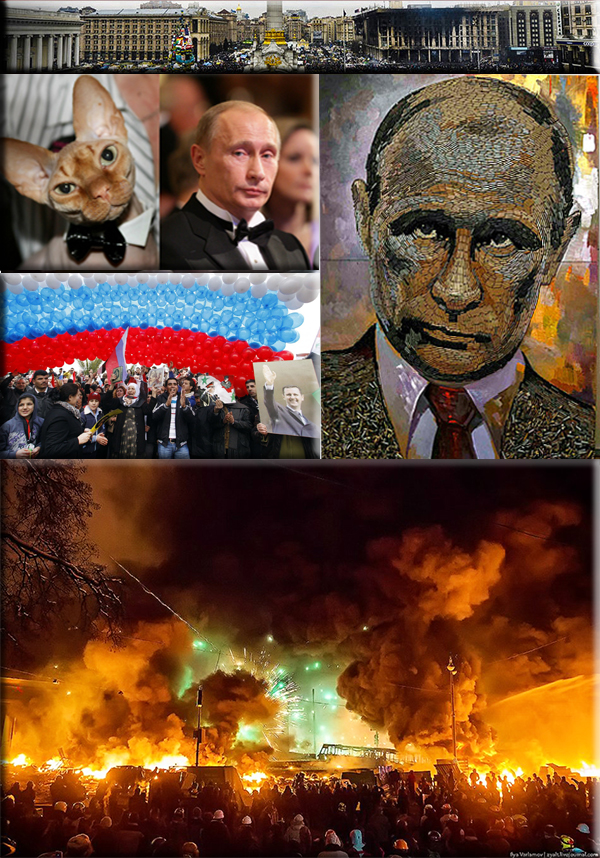
Ukrainian revolution: Dozens of Euromaidan anti-government protesters died in Ukraine's capital Kiev many reportedly killed by snipers.
Wikipedia Photo: Ukrainian revolution: At least 76 people are killed and hundreds are injured in clashes between riot police and demonstrators in Kiev, Ukraine. Urban Peek
February 20th, 2016

2016 Kalamazoo shootings: Six people are killed and two injured in multiple shooting incidents in Kalamazoo County, Michigan.
Wikipedia Photo:
